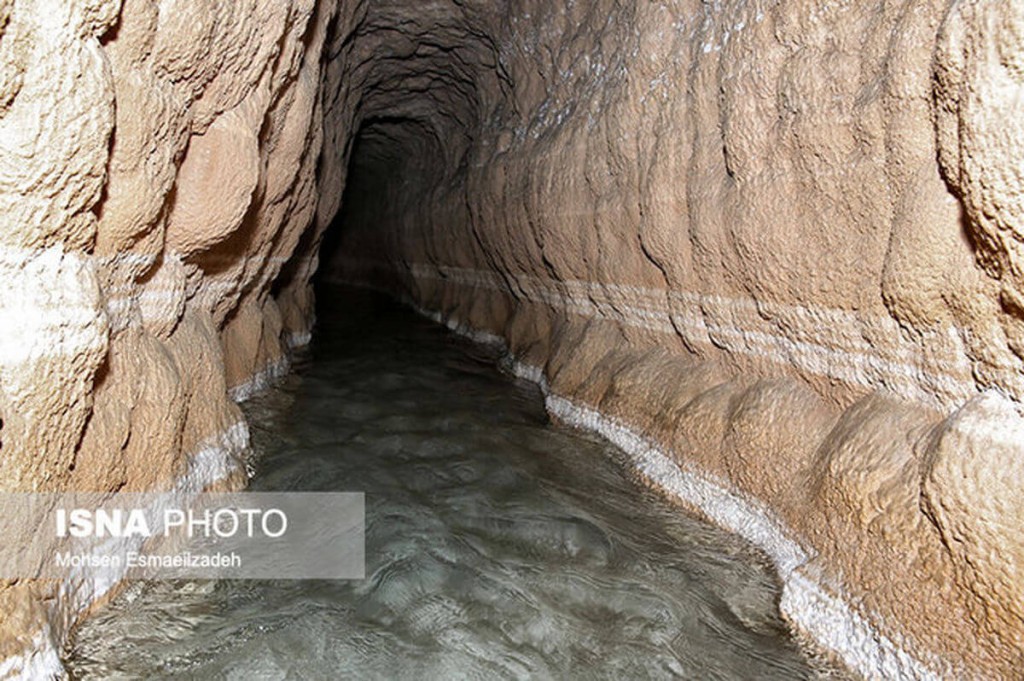
During the past few days, Iranian qanats as well as Iran’s Lut desert were registered by UNESCO. Iran has got a lot to offer to the World Heritage, from tangible sites to intangible traditions, beliefs, myths, etc. It’s among the top-10 countries with the most historical attractions. Even more amazing, it’s among the top-5 countries with the most natural attractions too.
Iranian Qanats (Kariz System)
Living in arid and semi-arid regions, since ancient times, Iranians had to find a way to survive, produce food and create settlement to flourish and thrive. Across the ecologically varied territories of Iran, water is more scarce in the eastern half. It’s where the population is less dense and agriculture is less common, or at least farmers cultivate different products. Today most of the qanats can be found at this area.
Qanat (kariz) is an Iranian invention of drilling wells in the lines of kilometers long and digging channels under the ground to connect them. The beginning of such lines are at higher altitudes where aquifer can penetrate into these channels and begin to flow. The destination is also remote areas, far from high hills and in the middle of the deserts where soil is fertile. Therefore, the combination makes magic.
This system goes back to more than 2500 years ago in Iran and was spread form Iranian plateau all the way to China in the East and to Africa in the West. Later, the Europeans took it to Spain and sailors took this ancient technology to Mexico. Qanat water supplement system has contributed to the formation and continuation of human settlements in vast areas of the world.
UNESCO has registered 11 lines of qanats in Iran that have been documented dating back rfrm 2500 to 200 years old. They are located in six provinces of Iran:
Khorasan-e Razavi, Khorasan-e Jonubi, Yazd, Kerman, Markazy & Esfahan.
The major reasons for the approval of these lines by the committee in UNESCO were: unique technologies in digging qanats, and unique features like the oldest or the longest. Gonabad Qanat line has got the deepest well. The first well of this qanat line is 350 meters deep and survived large number of earthquakes throughout the history. Zarch qanat line in Yazd province is the longest, 100 km, with 2115 wells. The strangest line is Ardestan Moon qanat line which has been built in two parallel lines with common wells, but different first and last wells.
Iran’s Lut Desert
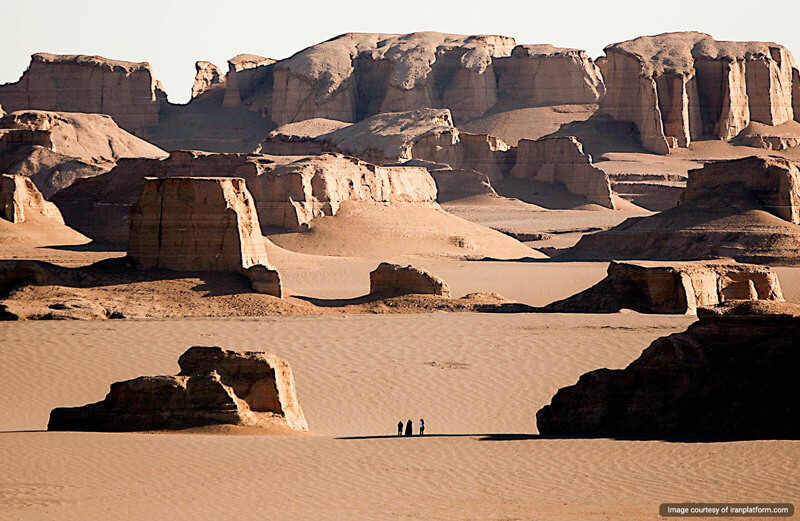
After Iran’s 20 cultural properties were registered at UNESCO’s list, the first Iranian natural property was registered: Lut Desert. Because of its unique geographic location and ecologically diverse areas, Iran has got mountains, deserts, forests, plains and valleys as well as dry and humid regions. Among all these, there are two large desert pits in Iran:
- Dasht-e Kavir
- Lut Desert
It’s a 40,000 square km area altogether extended in three provinces of Kerman, Khorasan-e Jonubi, and Sistand & Baluchestan. This is one of the extra hot regions of the world. The formation of this desert is the result of geological developments transforming it into what it is now.
There are certain features making Lut a unique place. The hottest spot on the planet exists in one part of it. The tallest sand dunes and nebka dunes can be found here. There are huge eroded trenches, hydrological network, geological pits, salt formations, hamada (large sand plains), historical villages and human settlements at its edges, etc at Lut.
All of these and more substantial attractions have made Lut desert a unique place. There are also some of the most interesting kariz systems in and around this desert, which add to the attractiveness of Lut.
Kalut of the Lut desert is the other attractions of this desert. They are the rock formation of millions of years laid out in kilometers. When looking at them from far, you may think they are the remnants of an ancient civilization tumbled down. In fact, what looks like a wrecked ship of the destroyed fortress is just the natural sand and rock formation standing higher than the flat areas around it.
What’s in It for Tourism?
The variety of vegetation, animals, local culture, challenging areas and many more attractions are there to be explored. Several adventurers have traveled across and along Iranian deserts and found amazing attractions the world isn’t completely aware of. That’s why Lut is registered in UNESCO’s list in 2016 as the first natural property. There are a lot more to be discovered in different corners of Iran. Smart world travelers take the opportunity and make their journeys to Iran now, before Iran is flooded with tourists. It’s a country where the local people welcome tourists and offer them lots and lots of attractions you can rarely find in one country.



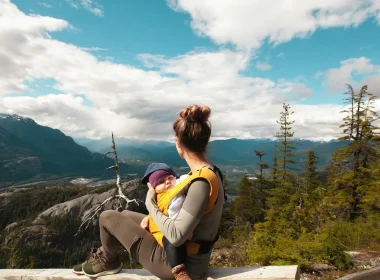
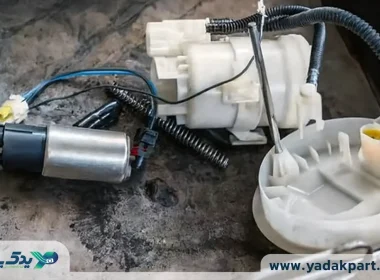

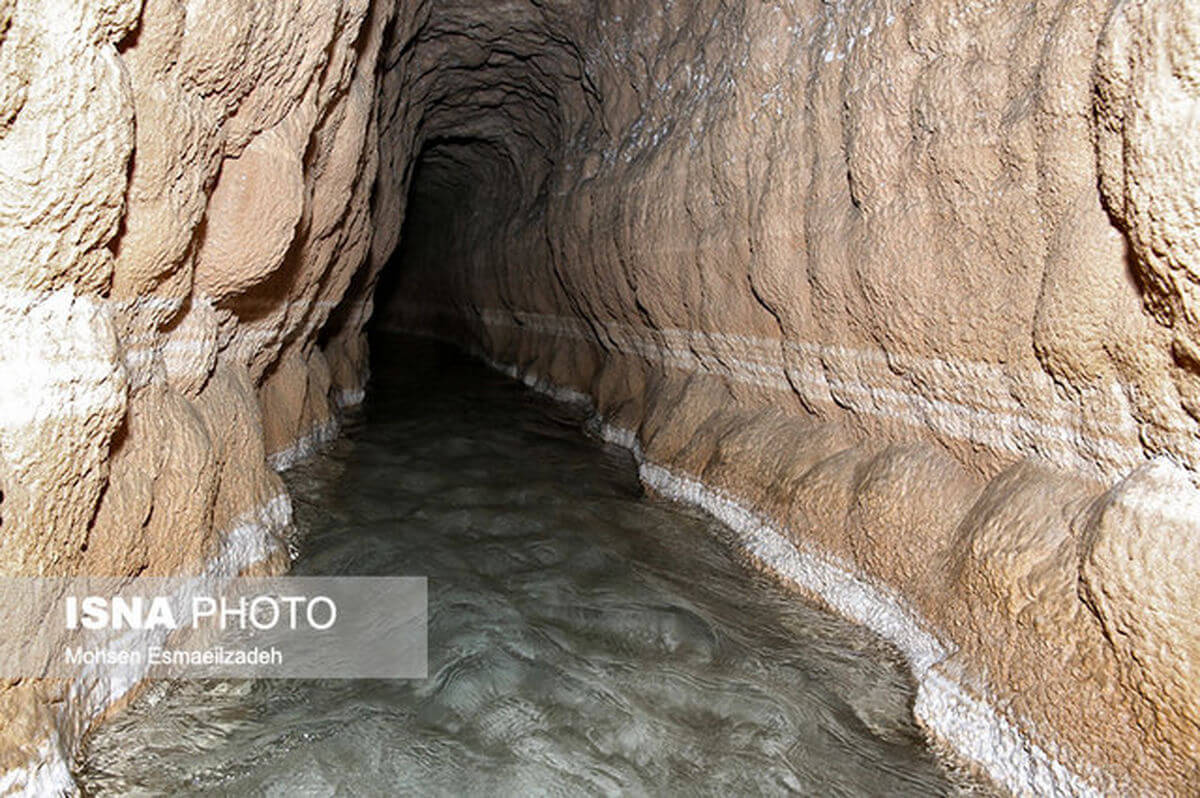








I am loving your newsletter, the information and recipes. I hope it brings you great success.
Thank you for your encouraging words Helen. Your interest in my recipes is a great pleasure.
Rahman — this is fascinating story. I had never heard of these underground waterways. No doubt those were long before you could run pipes underground. I’m assuming they are no longer active.
Jeannette, thanks for your comment. In fact, they are quite ancient and are still in use. As a matter of fact, some argue they’re the best water management system at this part of the world with lots of sunshine and heat as water isn’t going to evaporate on lakes behind dams when you keep them under the ground! Actually, they also believe we need to modernize this system instead of following other technologies.
Jeannette, thanks for your comment. In fact, they are quite ancient and are still in use. As a matter of fact, some argue they’re the best water management system at this part of the world with lots of sunshine and heat as water isn’t going to evaporate on lakes behind dams when you keep them under the ground! Actually, they also believe we need to modernize this system instead of following other technologies.
Thank you Helen. I appreciate your interest. My colleague, Mahboobeh, is great in introducing Iranian cuisine.